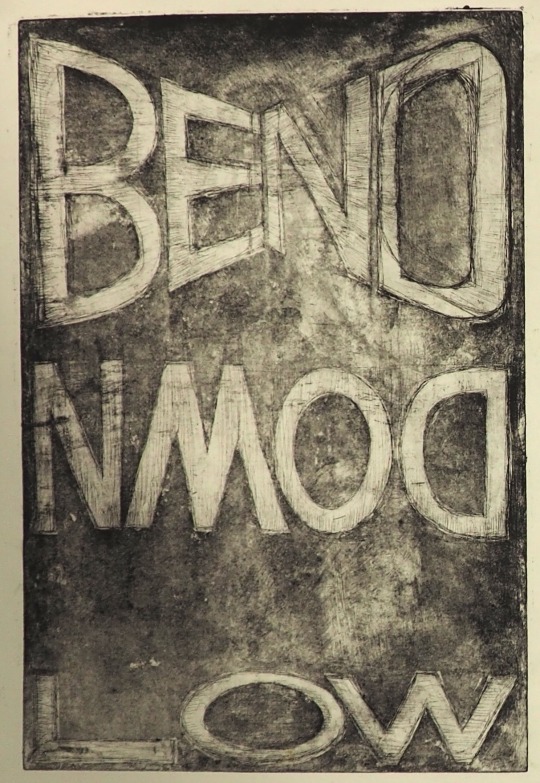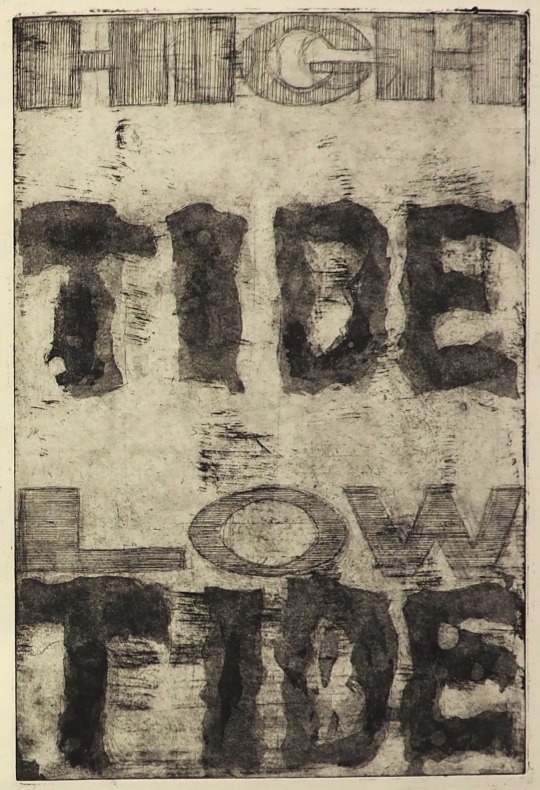Photo
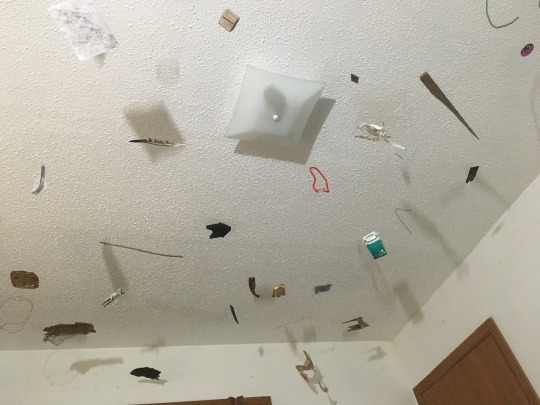
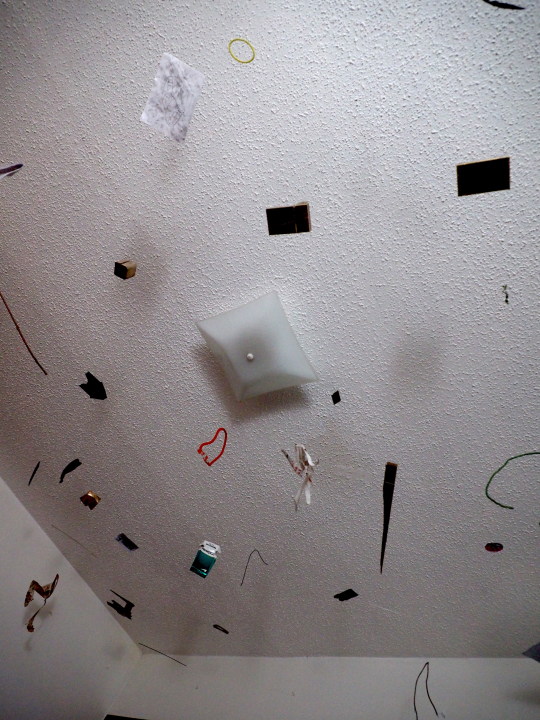
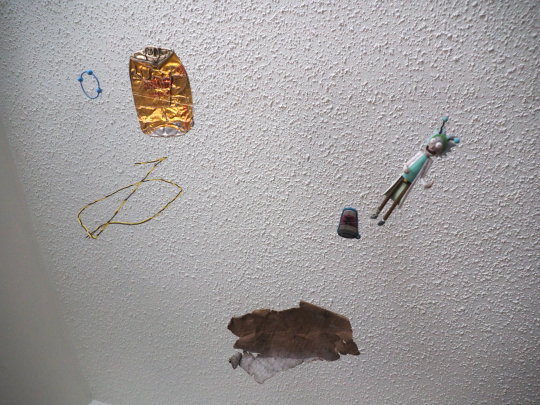
Chinatown 3/23 - 6/17, Ryo Tomoda, 2020, Mixed media installation
I collected these objects while walking within a limited area in my neighborhood during my self-quarantine, mostly on my way to the supermarket to which I started going recently.
0 notes
Photo
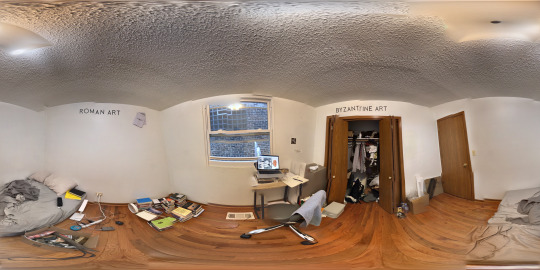


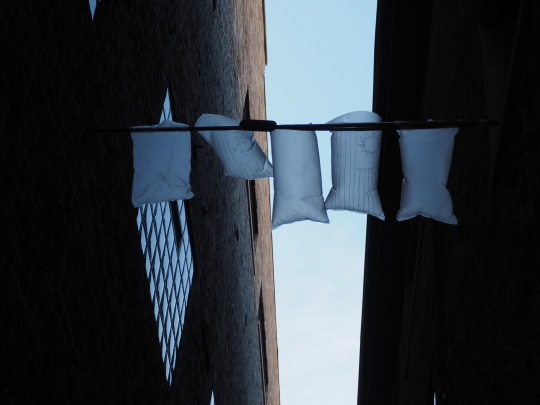
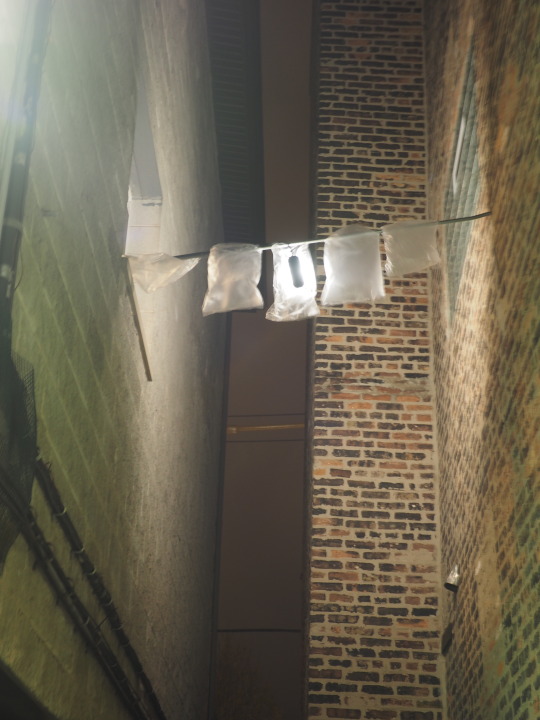
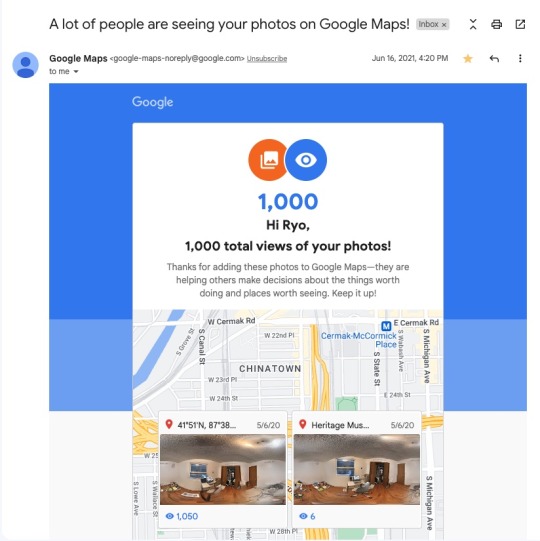
McKinlock Room-Western Art Section, Heritage Museum of Asian Art, Ryo Tomoda, 2020, Mixed media site-specific installation
Since my school’s museum, the Art Institute of Chicago, is closed due to the COVID-19 pandemic, I thought I would re-create the McKinlock Court of the museum in my bedroom. The court is surrounded by the corridors that show the Greek, Roman, and Byzantine art. It is a familiar area because I had to walk through the Greek art corridor when I directly entered the museum from the school building. My apartment is located right next to the Heritage Museum of Asian Art in Chinatown. I can see its brick wall from the window of my bedroom on the second floor. I wanted to connect the two buildings to annex my bedroom to the museum as its Western art section. I noticed there was a shallow hole on the facing wall. I taped together my floor lamp and the metal pole that I found at the entrance of my apartment, so that it is long enough to reach the hole from my room. I taped five plastic bags on the pole. The plastic bags were sourced from the local supermarket to which I started going to avoid taking public transportation. On two of the bags I drew two versions of “Chinese-American flags.” I painted the text Greek, Roman, and Byzantine Art with Sumi ink on paper for the three walls of my bedroom. Then I took a 360 photo of my room to add it to the museum location on Google Maps, but it was rejected.
[Update] The photo was actually embedded in Google Maps successfully for the premise and the same photo embedded with the latitude-longitude coordinate garnered more than 1,000 views after a year.
0 notes
Photo
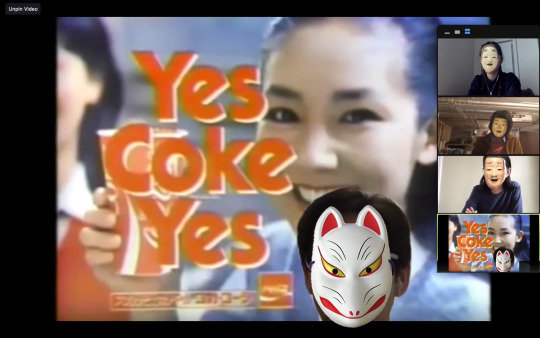


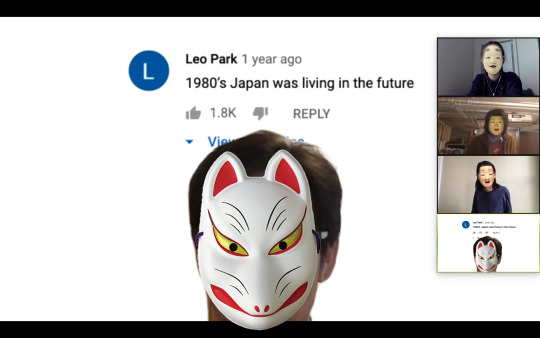

City Pop Presentation (featuring DJ Van Paugam), 2020, Online presentation
Script
[Play Plastic Love Intro]
[Ryo: Introduction]
Originally from Miami Beach and currently based in Chicago, DJ Van Paugam specializes in 70s and 80s Japanese Disco, Funk, and City Pop.
He claims the title of the first DJ on Youtube who used only vintage Japanese records as sources of his mix, that had rarely been heard outside of Japan.
Credited with resurrecting the genre online, he influenced dozens of other Youtube Channels and Radio Streams.
Having achieved 100k subscribers on Youtube, he lost his channel on February 14th 2019 due to a dispute with the Recording Industry Association of Japan.
Despite losing his Youtube channel, he continues to DJ live and create new original content focused on expanding the influence of the music to inspire a contemporary and cosmopolitan minded audience. Please join me in welcoming Van Paugam.
[Van]
In 1980s Japan, a particular genre of music called “City Pop” sprang from the financial boom.
It drew influence from many styles including Rock, Jazz, Pop, and Disco.
At that time the thriving economic “miracle” propelled Japan into the global stage as a top contender in technology, science, and business.
It generated prosperous cosmopolitan lifestyles, and the City Pop sound was the perfect match for the mood.
With the advent of advanced car stereos, it became typical to hear City Pop while driving through urban landscapes and sprawling highways encircling metropolitan areas.
Now that Japanese music is becoming more appreciated globally, City Pop is once again being heard, this time mainly by listeners outside of the country.
City Pop can evoke a strange sense of familiarity as it borrowed various elements from other genres and mixed them together with a different sensitivity.
It seems like remembering a distant memory too obscure to make out completely in your mind, but still comforting enough to keep you hooked from beginning to end.
City Pop has been described by many as incredibly nostalgic, even by those too young to remember the era.
Its imagery and themes often reflect the social paradigm of the times; excitement for the future, romance and heartbreak, optimism and an overwhelming urge to enjoy life.
The genre presents a time capsule into the collective psyche of those who benefited the most from the economic bubble.
It reflects the care-free, breezy perceptions of a newly cosmopolitan generation of savvy business people, socialites, and lovers of luxury.
[Ryo]
In Van Paugam’s opinion, the years 1978-1985 produced the best City Pop songs, since after that era the music started sounding too commercialized.
In 1985 there was a pivotal moment in Japanese economy called Plaza Accord.
The accord was signed between Japan, the UK, France, West Germany, and the US, aimed at reducing the imbalance in trade between the countries.
At that time, Japan had a huge trade surplus, as the Japanese yen was weaker against the US dollar, while the US suffered from a consistent trade deficit.
The accord was partially due to complaints by the US regarding the imbalance in the exchange rate between the yen and the dollar.
Most Japanese imports had cheaper prices relative to their quality than the domestic products due to the weaker yen.
This sudden, steep appreciation in the yen arguably caused the asset price bubble from 1986 to 1991, and its subsequent burst in 1992.
[Van]
Like all dreams, Japan’s economic bubble of the 80s popped going into the 90s, resulting in the country’s commercialistic paradise being perceived with sharp disdain as much less euphoric times loomed on the horizon.
City Pop records, and all their fantastical neon hopes and dreams were nothing more than a remnant of a time many no longer remembered, and most would rather forget as evidence of a country’s collective recklessness and disillusionment.
The genre had long been relegated to the dust-bin of Japanese cultural importance, except for the few who kept the records alive.
Thanks to the internet, the genre eventually found a new home online in the mid-2010s.
It is once again being shared and appreciated for its finely crafted melodies, soaring arrangements, and evocative imagery of hopeless romanticism, innocent joviality, and promises of a bright future.
[Ryo]
Here are some YouTube comments on some popular City Pop songs:
[Van]
- Anyone get false nostalgia listening to 80's music? I feel like I remember memories of the 80's yet I was born in 95'. Its so weird
[Ryo]
- You remember that time we were working as police detectives in Tokyo during the 80's, and we were at this little bar in Yokohama chatting up this cute waitress when the yakuza busted in and we had to fight them to this song?
[Van]
- Damn, takes me back to a trip to Egypt with my grandfather, a frenchman, a school boy, an arabian and a dog to defeat a meterosexual vampire. Good times.
[Ryo]
- This comment section is flooded with shit like this and I can't help but have similar fake memories too. What the fuck is this magic?!
[Van]
- It was a good time. I went to middle school through college in Tokyo metropolitan area in 80s. We followed new video clips from MTV Japan, every week. I went to Michael Jackson’s concert in Tokyo Dome, which was a best and newest venue at that time. Everything was hopeful and I was truly happy to be living in Shonan area where we had beach heavily influenced by American West coast culture. Every morning, I was passing by surfers who parked their pink “Beatle” on the way to my high school. The beach culture, night club culture in Roppongi and Nishiazabu, Italian restaurants in Daikanyama, Towe records in Shibuya... those are the things we liked and feel privileged.
[Ryo]
- I think the reason we’re all nostalgic for a time we weren’t even alive in is that we are nostalgic for that happy go lucky feeling, that feeling of the summer breeze and no worry too difficult to overcome. An optimism that was popular in the Japanese roaring 80s, and in our childhoods in the 90s-early 2000s in contrast to today, where technology is more advanced and the news is rampant with corruption, death, and disease. I don’t care what no one says, I’m making this decade my roaring 80s
[Van]
- I'm a Japanese who spent the 80s as a teenager.
This is like going back to the old good days with lots of foreign friends I've never met.
[Ryo]
- 1980’s Japan was living in the future
[Ryo]
Japan’s younger generations generally feel indifference or even disdain or resentment toward the culture of “bubble generation” as they cannot relate to such an optimistic outlook because all they have seen growing up is a slow decline in their economic opportunities.
Therefore they are cynical about nostalgia felt by the older generation who experienced it in real time.
The City Pop phenomenon is an example of how global capitalism and nostalgia work together to produce wants, needs and desires as one comment says, “I didn’t realize I needed it until I found it, thanks YouTube algorithm.”
[Play Plastic Love outro]
0 notes
Photo
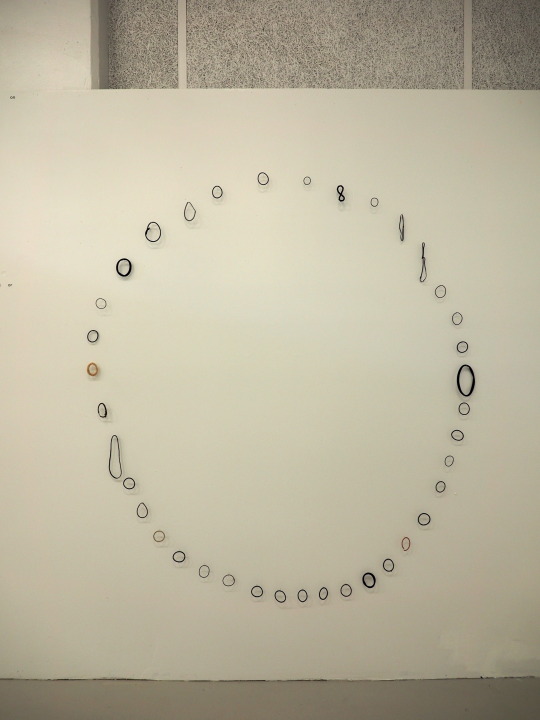
A Set within, Ryo Tomoda, 2020, Hair bands, metal pins, 80 x 70 x 5 inches
0 notes
Photo
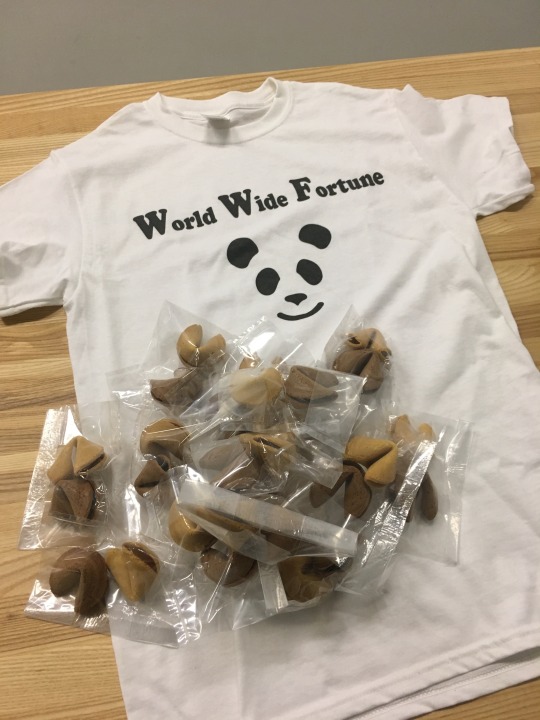
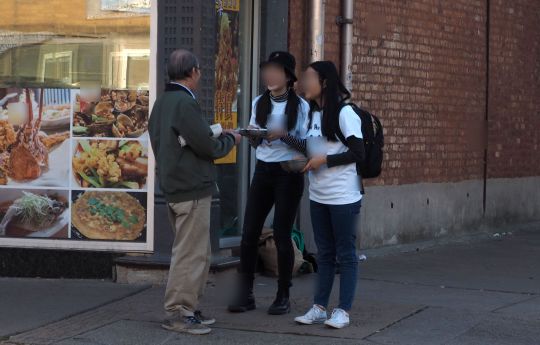
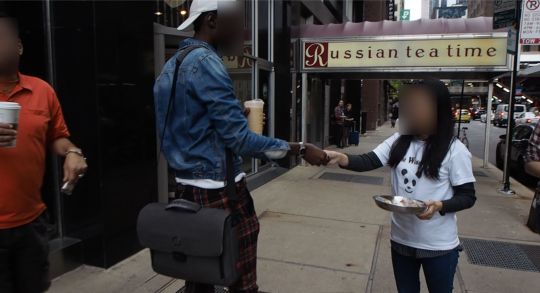
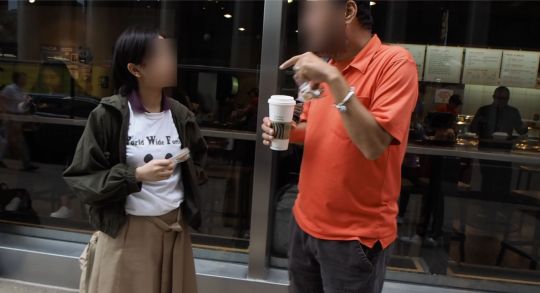
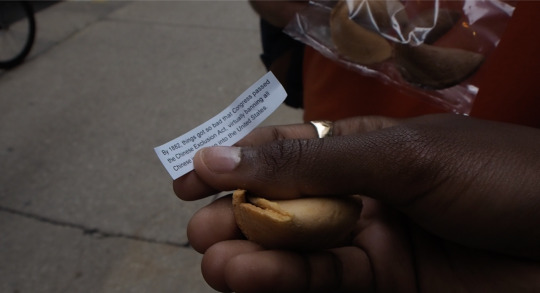
Act of Fortune, Ryo Tomoda, 2019, Public intervention
Replaced fortunes inside prefabricated fortune cookies with the sentences about the Chinese American history summarized on the PBS website. Handed them out wearing World Wide Fortune T-shirts in two places in Chicago: the main street in Chinatown and in front of the Panda Express restaurant downtown. The first Chinese arrived in Chicago escaping the anti-Chinese violence erupted on the west coast after 1869 when the First Transcontinental Railroad was completed.
0 notes
Photo


Calling Names II, Ryo Tomoda, 2020, Vinyl text
Take the photos of personal marks in the space and put them into the Google reverse image search. Label the marks with the words for what Google thinks they are. By gradually removing letters, the nouns dissolve into ‘be’ verbs, pronouns, prepositions, conjunctions, time-signifying adverbs, etc. in the slow de-installation process during the exhibition.
0 notes
Photo
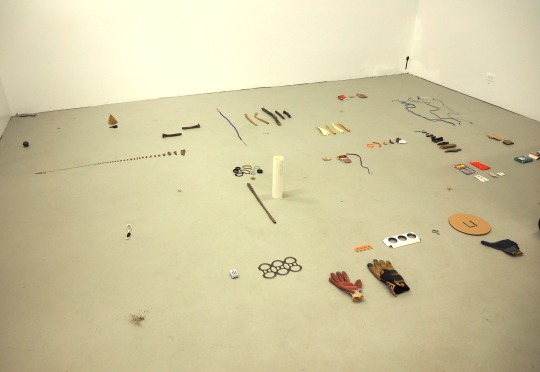

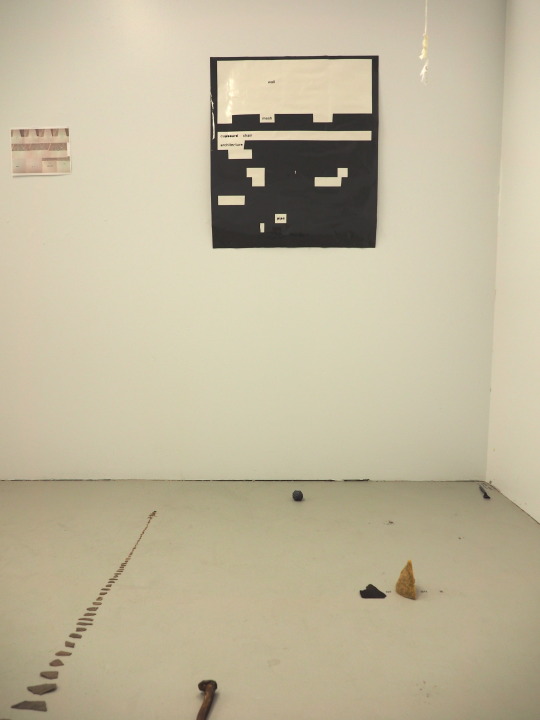

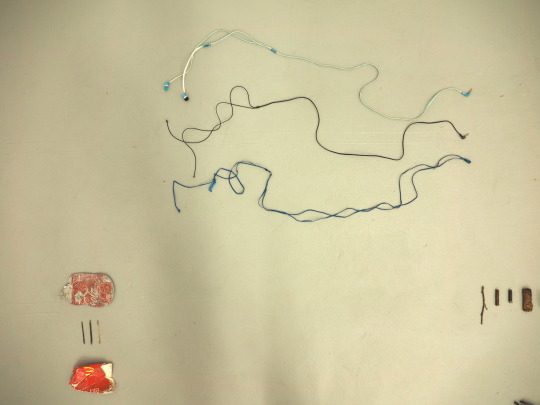
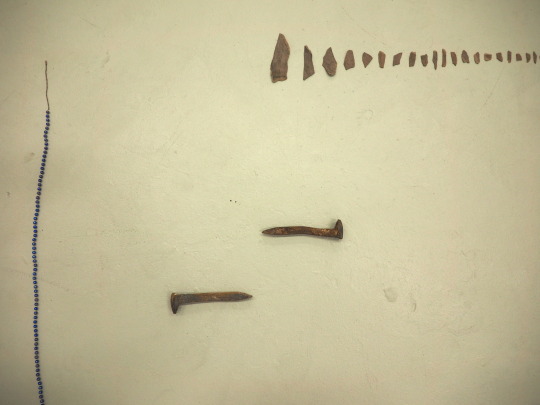

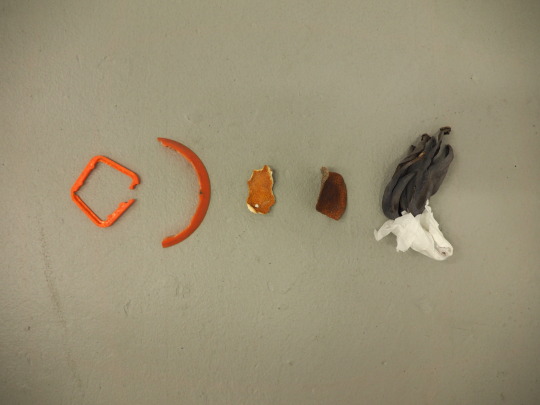

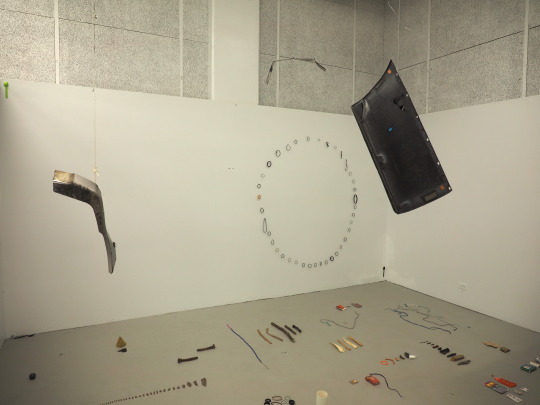
Chicago 2018-2020, Ryo Tomoda, 2020, Mixed media installation
I pick up objects I find on the streets while I commute from home to the train station and from the train station to school. I arrange and group them in the space of presentation in terms of association with each other in their materiality, forms, and meanings. The group of the same objects can be arranged in different ways depending on the site. Things are added and rearranged during the exhibition.
0 notes
Photo
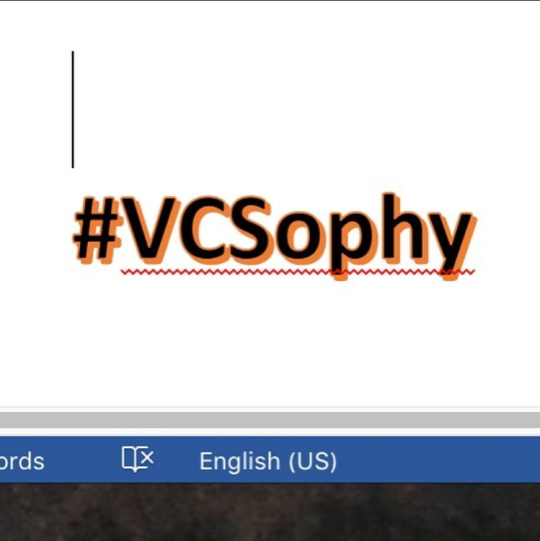
#VCSophy, Ryo Tomoda, 2020, Hashtag
Made for Joseph Grigely’s critique seminar and subsequently adopted as a department-wide hashtag by Visual and Cultural Studies at SAIC.
0 notes
Photo
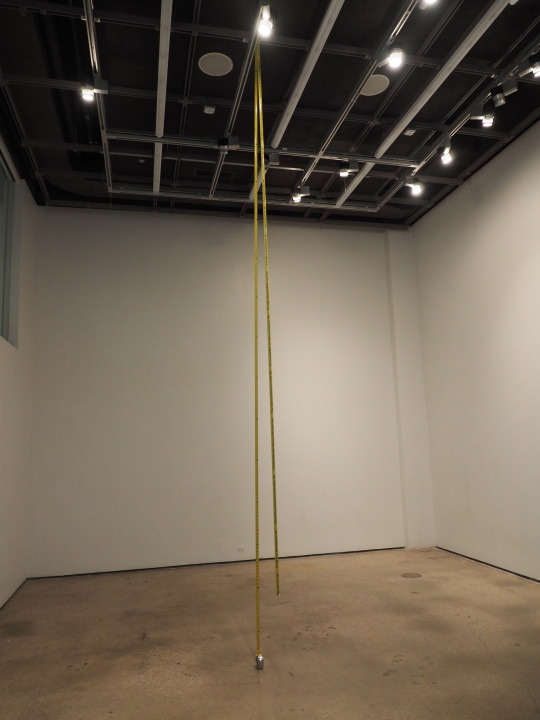

Measure Up, Ryo Tomoda, 2019, Tape measure, vinyl text, 200 x 10 x 5 inches
The 30-foot tape measure is one of the first things that I bought when I came to Chicago. It is looped over the ceiling frame. Its end reaches down to different heights depending on the space. Its unit of measure is the Imperial System as opposed to the Metric System I am used to. The text pasted on the back of the tape is the combination of the two poems Gwendolyn Brooks’ “We Real Cool” (1959) and N. Scott Momaday’s “The Delight Song of Tsoai-talee” (1976):
We real cool. We
A feather on the bright sky. We
The blue horse that runs in the plain. We
The fish that rolls, shining, in the water. We
The shadow that follows a child. We
The evening light, the lustre of meadows. We
An eagle playing with the wind. We
A cluster of bright beads. We
The farthest star. We
The cold of dawn. We
The roaring of the rain. We
The glitter on the crust of the snow. We
The long track of the moon in a lake. We
A flame of four colors. We
A deer standing away in the dusk. We
A field of sumac and the pomme blanche. We
An angle of geese in the winter sky. We
The hunger of a young wolf. We
The whole dream of these things. You
See, we alive, we alive. We
Stand in good relation to the earth. We
Stand in good relation to the gods. We
Stand in good relation to all that is beautiful. We
Stand in good relation to the daughter of Tsen-tainte. You See, We alive, We alive. We
Die soon.
0 notes
Photo

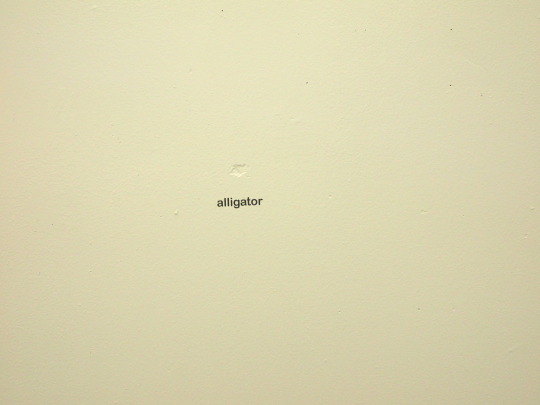
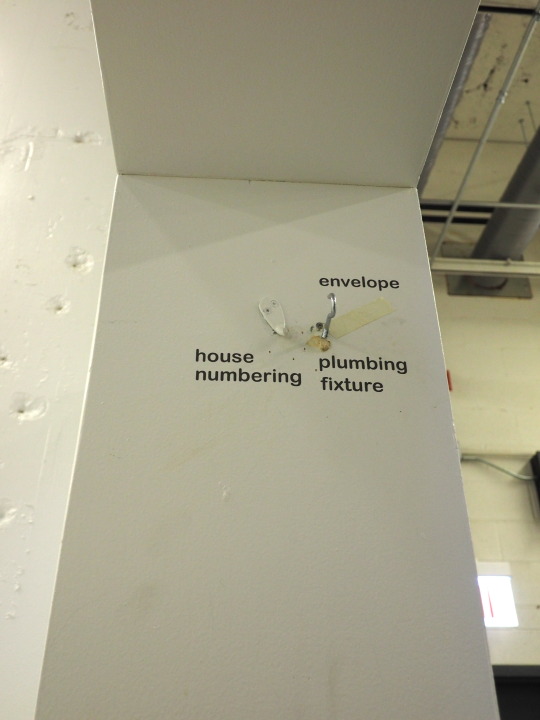


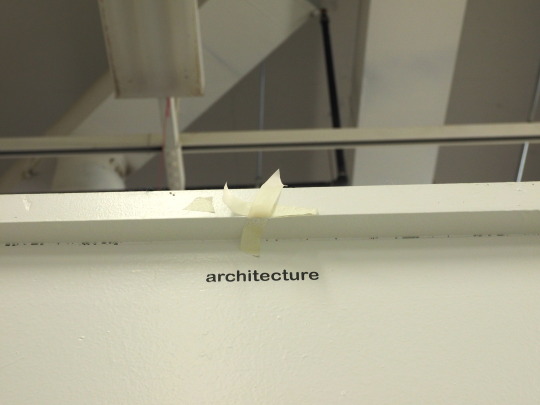
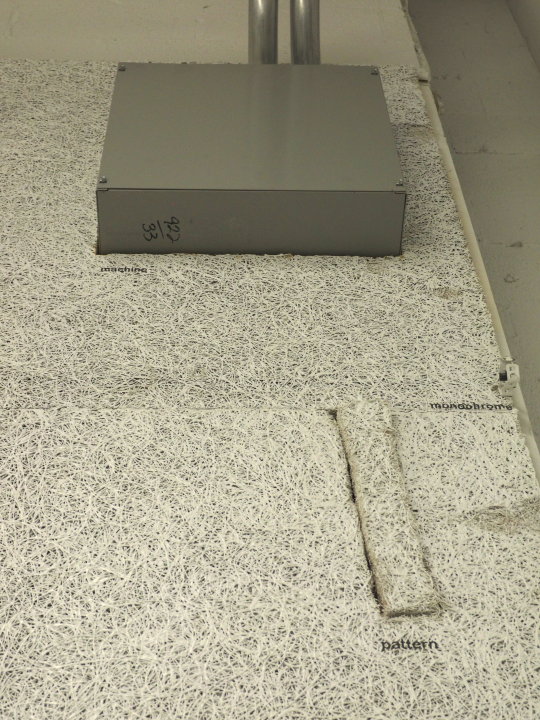
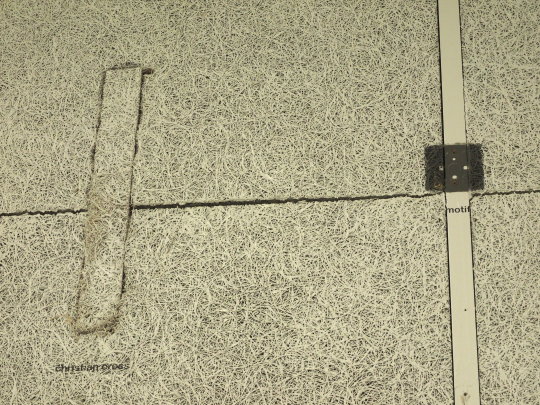
Calling Names II, 2019, Vinyl text in situ
1. Take photos of personal marks and objects in the studio
2. Put them in Google reverse image search to get text
3. Label them
0 notes
Photo

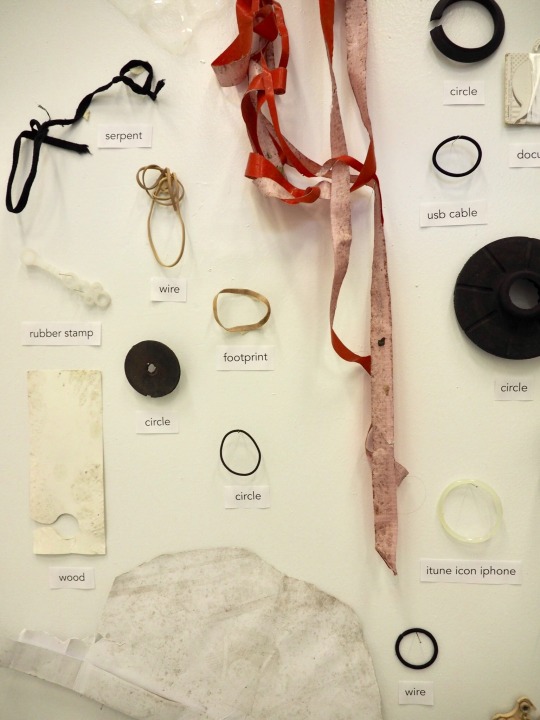
Calling Names, Ryo Tomoda, 2019, Mixed media, 70 x 30 x 10 inches
Take photos of different things and parts of the wall in the space and put it through Google reverse image search to get words which are its best guess of what the photos are. Then paste the vinyl labels of those texts besides the thing or part of the wall in the actual space. It is a linguistic play by the association of things in a particular place and words through the vision of an image recognition system.
0 notes
Text
I do not process what I take in or take out. I do not eat heavily processed food and I do not physically process the material for my work. This way I focus on the process going on within my body: digestion and thought processes. Whether different people do or do not notice what I am insinuating by manipulating linguistic symbols makes me realize that there are different levels of reality working in the world. A leap in logic is a way of speech act since code switching between two languages, including visual ones, is not a simple translation that one equates the other in terms of their power structures. Thank you for not noticing.
0 notes
Photo
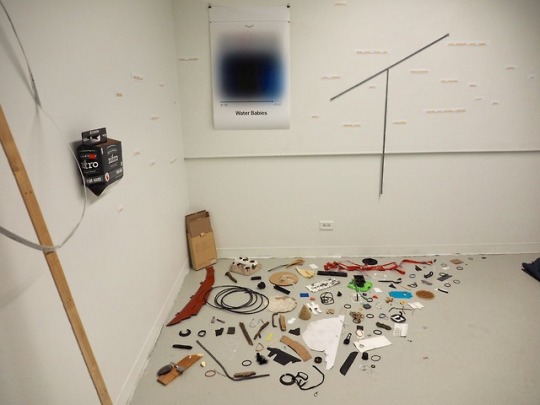
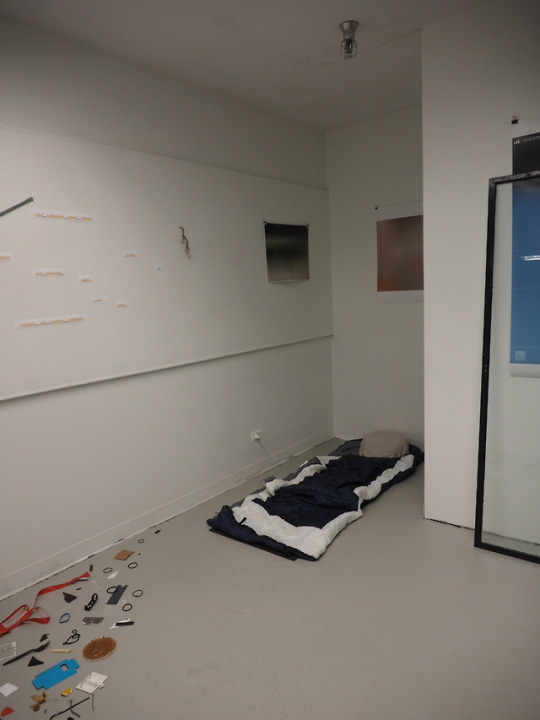
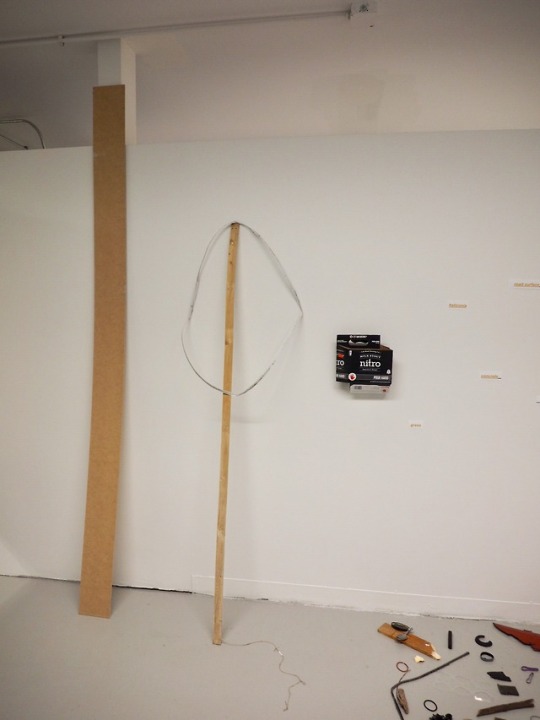
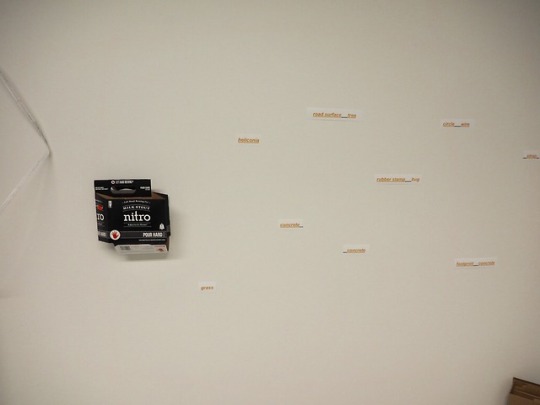
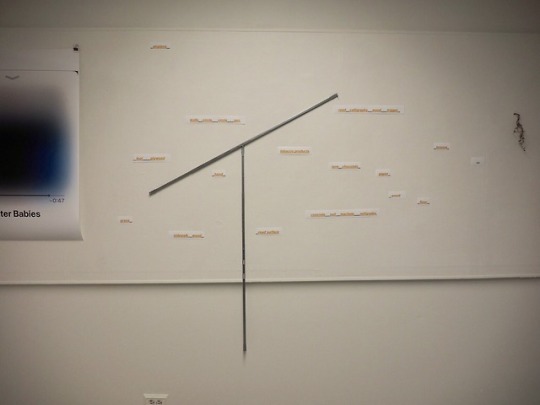
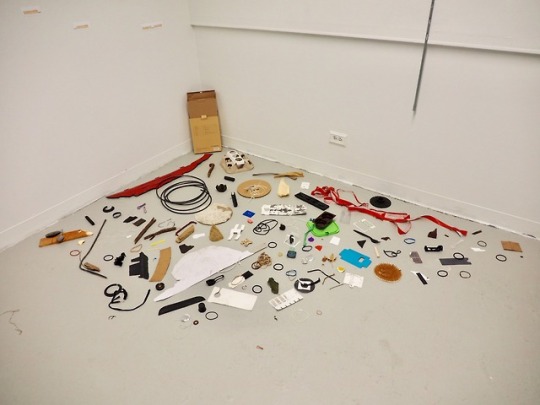
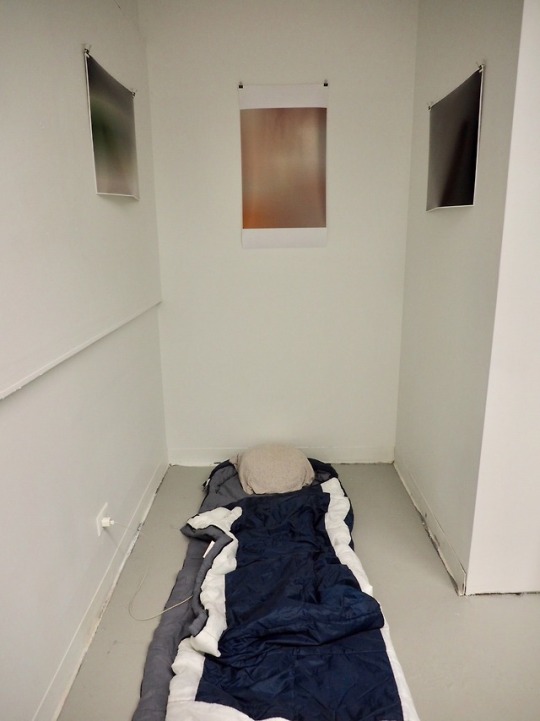

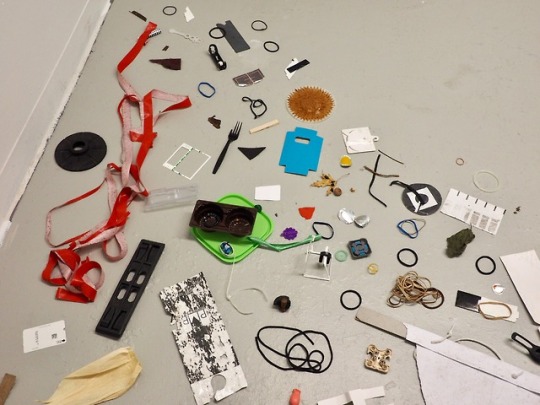
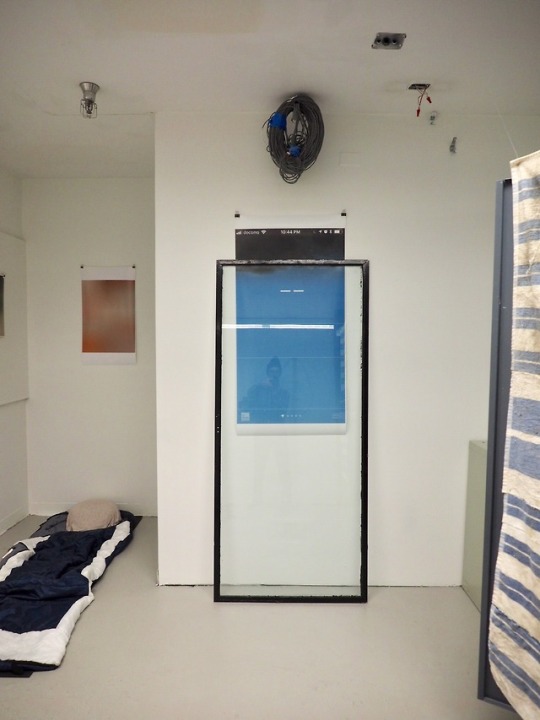
Another Place, Another Day, Ryo Tomoda, 2018
Mixed media, Installation view
0 notes
Photo
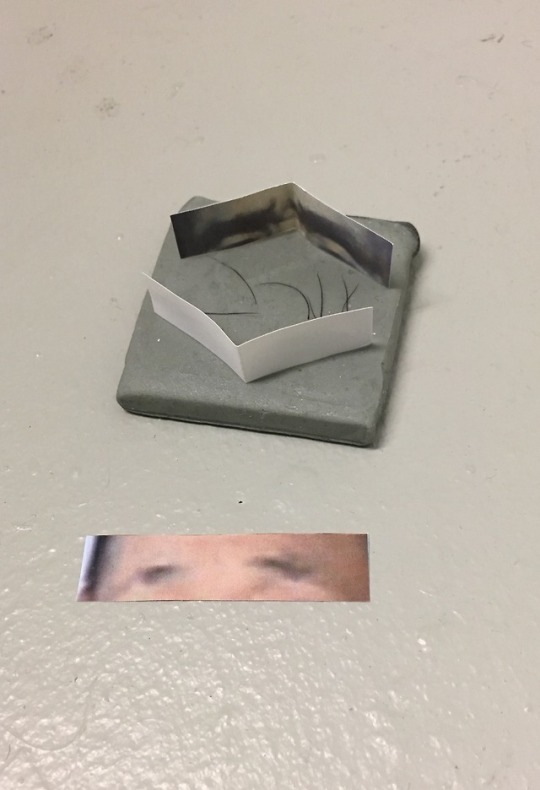
Like Grandfather, Ryo Tomoda, 2018
Eyebrow hair, inkjet print, gum eraser, 2 x 2 x 1 inches
0 notes
Photo
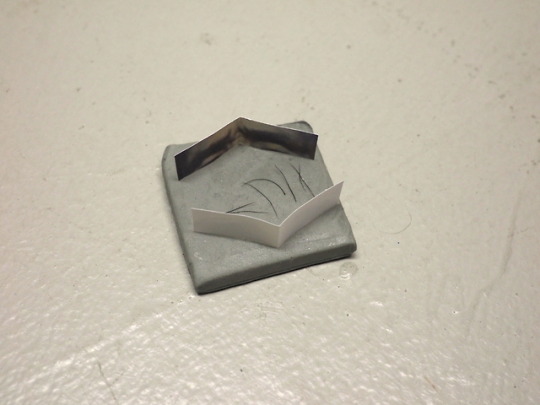
Like Grandfather, Ryo Tomoda, 2018
Eyebrow hair, inkjet print, gum eraser, 2 x 2 x 1 inches
0 notes
Photo
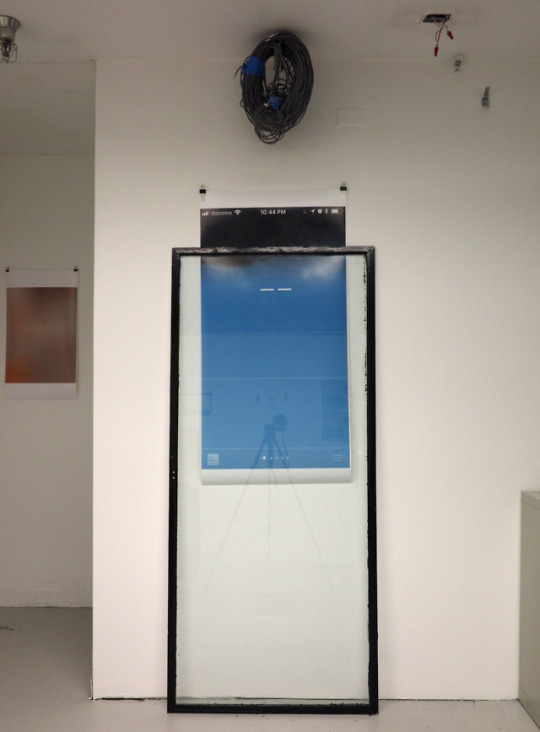
For Weather’s Sake, Ryo Tomoda, 2018
Digital print, window frame, paper, clips, electric wires, 98 x 33 x 14 inches (250 x 84 x 35 cm)
0 notes
